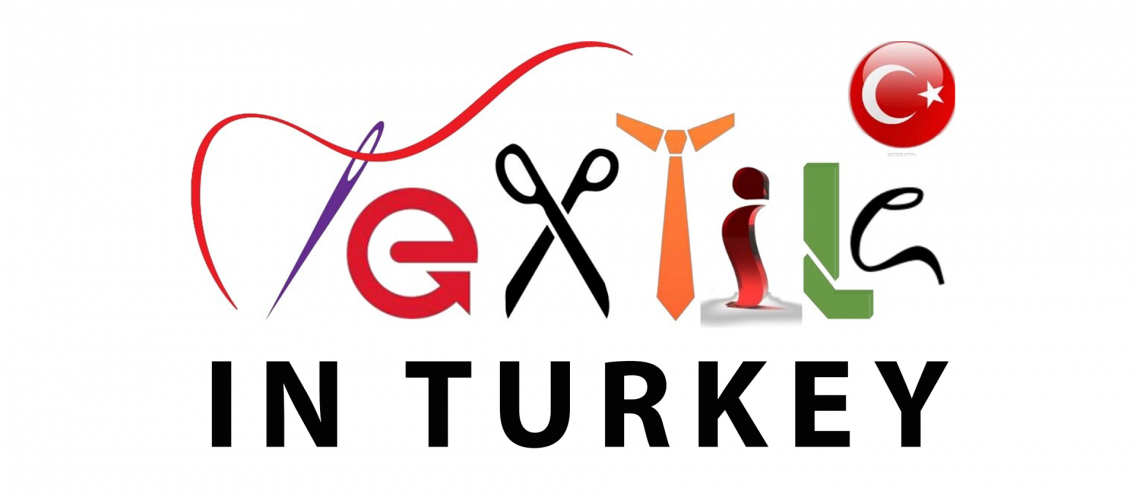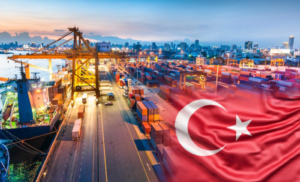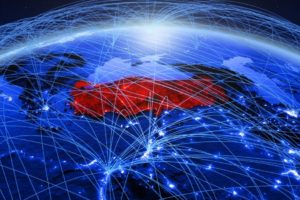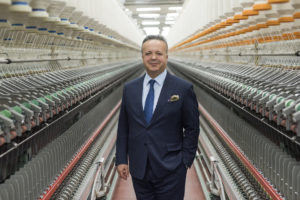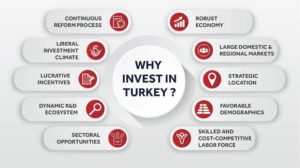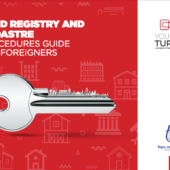In 2020, Textile industry in Turkey grows in prominence. Turkey is one of the world’s leading textile and garment producers, as well as the world’s sixth-largest supplier and the EU’s third-largest supplier. Turkey’s textile industry is vital to the European and North American textile trades. The contemporary industrial facilities in Turkey indicate the textile industry’s significant expansion in recent years, owing to the prominent Turkish yarn brands, fabric producers, and organic cotton enterprises.
Today, Textile industry is one of Turkey’s most significant industries, with exports to over 200 countries. öksüz recommended textile producers and discussed existing programs for the sector’s growth.
1 – Textile industry in Turkey:
According to Ahmet Öksüz, the Turkish textile industry has a combined output potential of 340 billion TL with the clothing sector. Furthermore, with over 1 million jobs, it is the industry that generates the highest employment in Turkey. It consistently ranks first in terms of international trade surplus and provides Turkey with a net foreign currency revenue of $16 billion every year. When the pandemic’s impacts were most visible, the textile and clothing industry exported 9.7 billion dollars with a 2 to 2.5 % loss in 2020, and the export goal for 2021 is now 11 billion dollars. This shows the remarkable role of the Textile industry in Turkey to grow the whole country.
2 – Biggest Market:
Communication, according to Rahman and Sayeda (2016), improves performance, relationships, and stability in Bangladesh. If and when they arrive, Turkey will need more than quality, hard effort, and innovation to distinguish itself. Clusters in Anatolia may help with efficiency and competitiveness, but there is still a pay disparity that will keep Bangladeshi goods cheaper for a long time. Some suggested themes are mentioned in the preceding chapter, but based on the questions, this is what may be concluded.
Turkey’s biggest export market is the EU, which accounts for 50% of total exports. It shows a great impact on the Textile industry in Turkey. According to Ahmet Öksüz, “the European Union is Turkey’s biggest market, accounting for 50% of exports. Noting a 2.5 % gain in the market by raising its market share from 14.8 % to 17.2 %, Oksuz said that they profited from the benefits of being the sector’s sixth-largest supplier. Oksuz made a remark; It is critical to be a major participant in international commerce”. Last year, “we shipped to Australia at ten times the average price in Turkey, and we also set records in the United States”.
3 – Sustainability:
In this sense, carbon footprint monitoring and manufacturing with reduced energy and water utilization come to the fore. In the Textile industry in Turkey, zero waste is also critical. Our major priority is to recycle garbage into yarn and ultimately into clothing. Furthermore, social compliance requirements are among the issues that we will cover in greater depth in the coming months.
According to the Istanbul Garment Exporters Association (HKB), the industry accounted for 10.1 % of the country’s overall exports. They are of $14.8 billion in January 2020. In it, shipments totaling $1.5 billion, up 5.8 % from the same month the previous year.
4 – Companies Should Invest In Long-Term Sustainability:
According to Ahmet öksüz, corporations in the textile and clothing industries place a high industry on sustainability.
Öksüz noted that enterprises should make the appropriate expenditures in this regard, stating that significant customers are now formulating their preparations accordingly. Öksüz further emphasized the significance of product quality Turkey is a producer with a track record of excellence. The quality of Turkish products plays a role in our ability to rank first in the globe. We are a global brand in a variety of items. He went on to clarify the other important points as follows:
R & D and innovation are also critical. We see this and the value it adds, particularly in our firms with R & D centers. The same is true with digitalization. At a time when physical fairs and client visits are not feasible, it is critical for businesses to invest in this area. It’s also worth mentioning the market’s variety. Despite the fact that the EU is our most important market, we are ready to safeguard it. Aside from that, being able to access new markets with new goods is a significant step toward increasing our exports. R & D is the crucial factor of the Textile industry in Turkey.
According to the most recent figures from the Istanbul Garment Exporters Association, the country’s fashion exports increased by 5.8 % year on year in January (Ihkib). Europe was Turkey’s main buyer in the first month of the year.
During the time, Germany, Spain, and the United Kingdom were the top buyers of Turkish fashion items, and by purchasing from Turkey, the Turkish textile industry increased exports by 4.7 %, 8.7 %, and 3.9 %, respectively.
5 – Focus on Teenagers:
According to Ahmet Öksüz, the ‘Tercihim Tekstil MOhendisligis project, which is highly essential in terms of educated human resources, was very successful and would be continued in 2021. Öksüz concluded his comments as follows. This inspired us a lot. It is true that owing to this initiative, the rankings climbed and the textile engineering department neared the former scores.
According to Turkey’s commerce minister, the country exported $17.7 billion in ready-to-wear items in 2019. Turkish manufacturers are now attempting to capitalize on the window of opportunity presented by coronavirus-affected China, which is likely to see five-to-six-month production delays in 2020.
Meanwhile, Mustafa Gultepe, President of the Ihkib, said that the coronavirus will benefit the Turkish industry since large fashion companies transferred their items into the nation prior to the epidemic. Nonetheless, it has an impact on the drop in raw material output in China, which has been impacted by the coronavirus.
6 – Made in Turkey:
Textile industry in Turkey is crucial for the Turkish economy in terms of employment and, to a lesser degree, export. Both of them generate income and stability, but none of them defines a core area that will propel economic progress ahead. This prospective capability seems to be limited to nanotechnology and other high-tech engagement. What the firms are doing is continuing to improve their quality and customer focus abilities in order to separate themselves from low labor cost nations such as Bangladesh, which is frequently regarded as being unable to match Turkey’s level of quality and communication. Others argue that it is only a question of time.
According to these executives, they are trying to keep their company running and expanding in this difficult business climate. More research and development in method, material, and design is advised as a primary means of improvement. Along with improved communication and client connection development. Competition is based on quality and service rather than price. These elements will most likely sharpen the businesses’ existing actions, but more will be necessary for the long run. Price competition and the growth of other nations are palpable realities for all of these businesses. Competition within the industry encourages enterprises to perform to the best of their abilities. Also, other nations are often viewed as the true danger. As a result, the Textile industry in Turkey intends to concentrate on its competitive advantages in order to attract clients.

